Blog / Tips and tricks of Using Competitive Price Intelligence for Boosting Revenue
13 January 2023
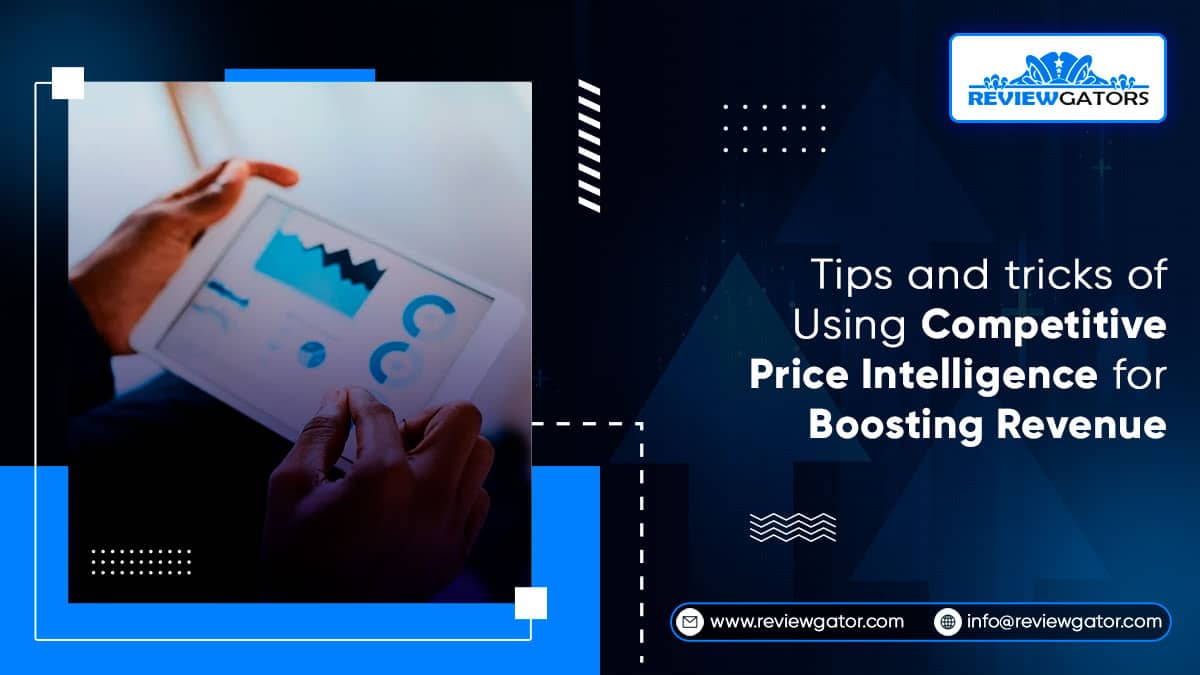
Product marketing relies heavily on competitive intelligence for several valid reasons. The result is that product marketers can identify market gaps, stay ahead of the competition, improve their products and services, and ultimately satisfy customer needs. Furthermore, it helps set prices appropriately. For product marketers, it can be a beneficial tool to boost client acquisition and, consequently, overall income. This category includes competitive pricing information, and for the same reasons.

Price intelligence is a data-driven strategy for following, monitoring, and evaluating market trends and competitor price changes. It uses dynamic data-mining technologies and AI-driven analytics to assess the market, comprehends how consumers respond to price adjustments, and benchmark against competitors.

Competitive pricing intelligence, is a pricing strategy based on market conditions and requirements set by the online retailer.
A pricing strategy bases prices on the marketplace and competitors. It is frequently used in highly competitive markets with plenty of competitors when the price is the main factor in competition.
To maintain pricing as close to the most competitive as feasible, the other digital stores imitate any price modifications made by a competitor.
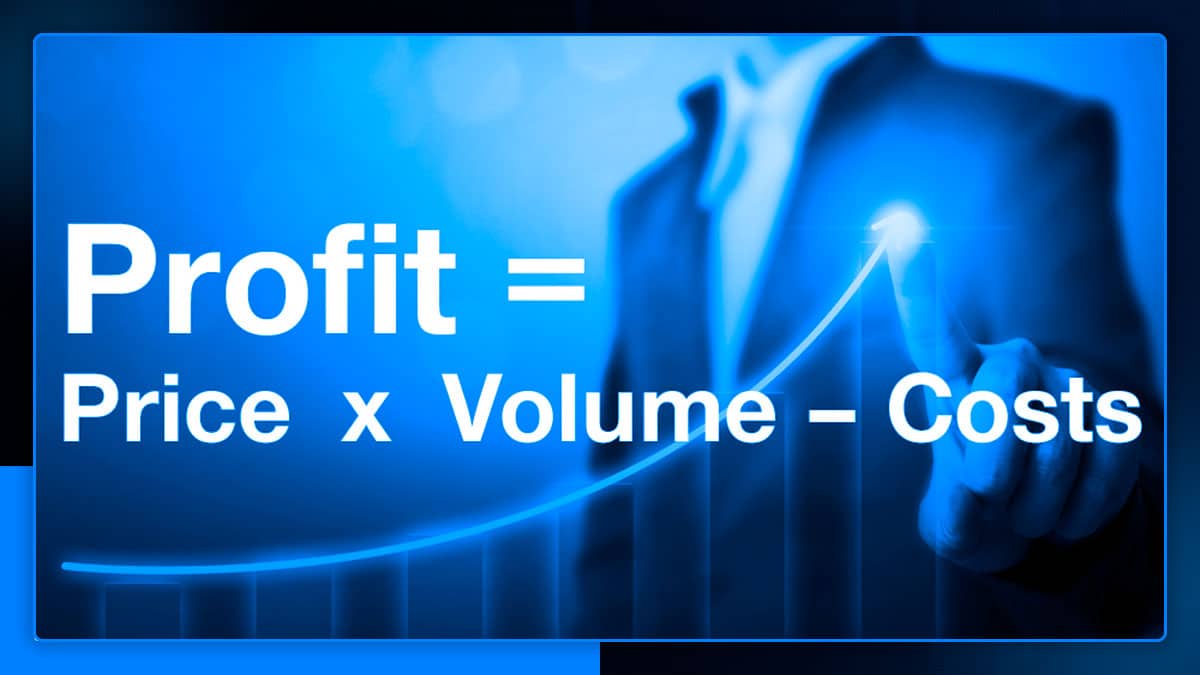
The decision of price can affect sales and profitability in the quickly evolving, competitive, and retail pricing sector.
Consumers are more price-sensitive than ever in today's economy. The ability of smartphones to compare prices has led to the development of showrooming and webrooming, where customers can examine products in-person or online and discover whether another supplier has a better price.
In truth, most retailers offer price-matching services to stay competitive, and several mobile applications are created specifically for price comparisons.
Additionally, due to the speed and volume of e-commerce, prices online fluctuate faster than they can at brick-and-mortar establishments. Product prices fluctuate many times each minute on Amazon and other well-known brands and shops.
When the first brand or store triggers other price modifications, there is typically a waterfall effect when prices are changed.
Prices must consistently achieve a crucial business objective to be competitive, safeguard a margin, establish a reputation, or carry out another activity. Since it helps people attain their goals, pricing intelligence is essential.
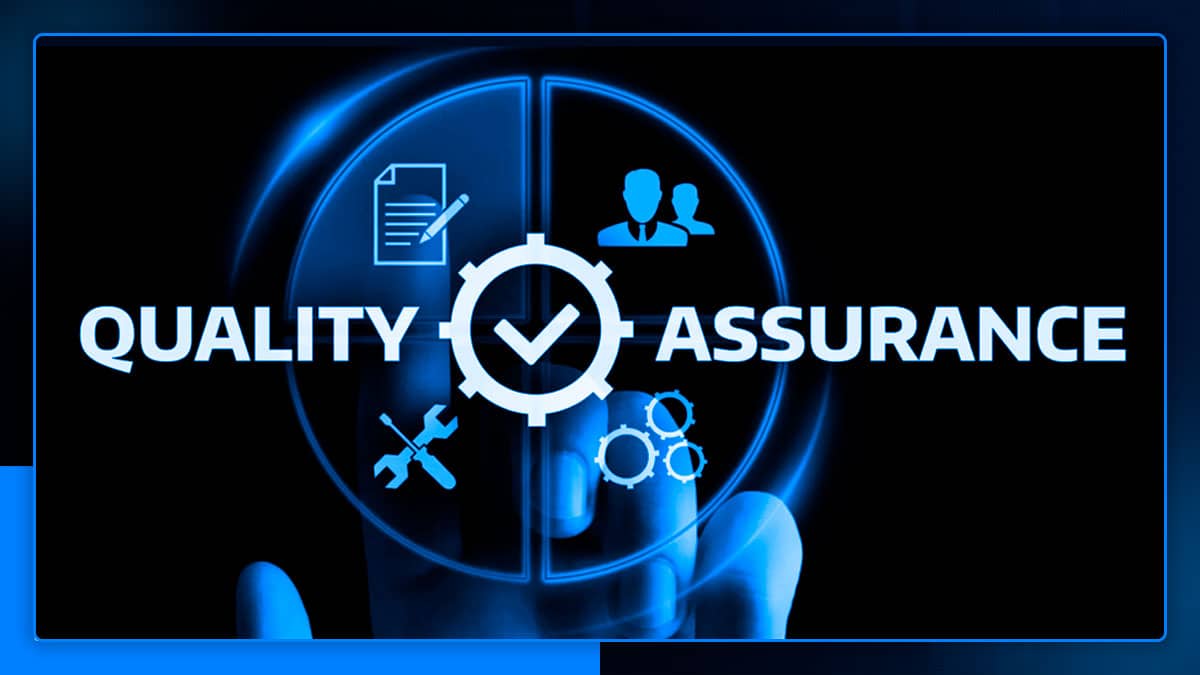
In the early years of competitive business practices, obtaining price intelligence was more straightforward than it is today. Retailers can easily manually compare costs by visiting a few local competitors.
The only thing left was to develop a strategy for creating perceived value to obtain a competitive edge. As a result, it becomes easy to maintain a competitive price with their local competitors.
Geographical market divisions are no longer an issue. However, technological advancements have changed customer purchasing habits, impacting how firms sell online and in more traditional brick-and-mortar establishments. This inevitable and apparent transition calls for an updated, competitive pricing study and a thorough price intelligence methodology.

Keeping your friends and rivals close is the only rule that matters in retail competition and competitive price monitoring. Businesses must know their rivals' tactics, products, and prices well.
Knowing what other brands charge will help you establish your pricing approach even when there isn't a "apples to apples" comparison. Keeping an eye on what other businesses are charging will offer you an advantage when you set rates to maximize revenues.
The first phases in a pricing intelligence program involve identifying the competitors you want to benchmark against, several intuitive attributes, exact and close product matches, audience response to the product, and routine competitive price monitoring of their prices. By automatically comparing costs throughout the globe for comparable and identical products, you can automatically offer your customers the most incredible deals available.
Compare yourself to rivals who cater to the same markets and offer comparable products.
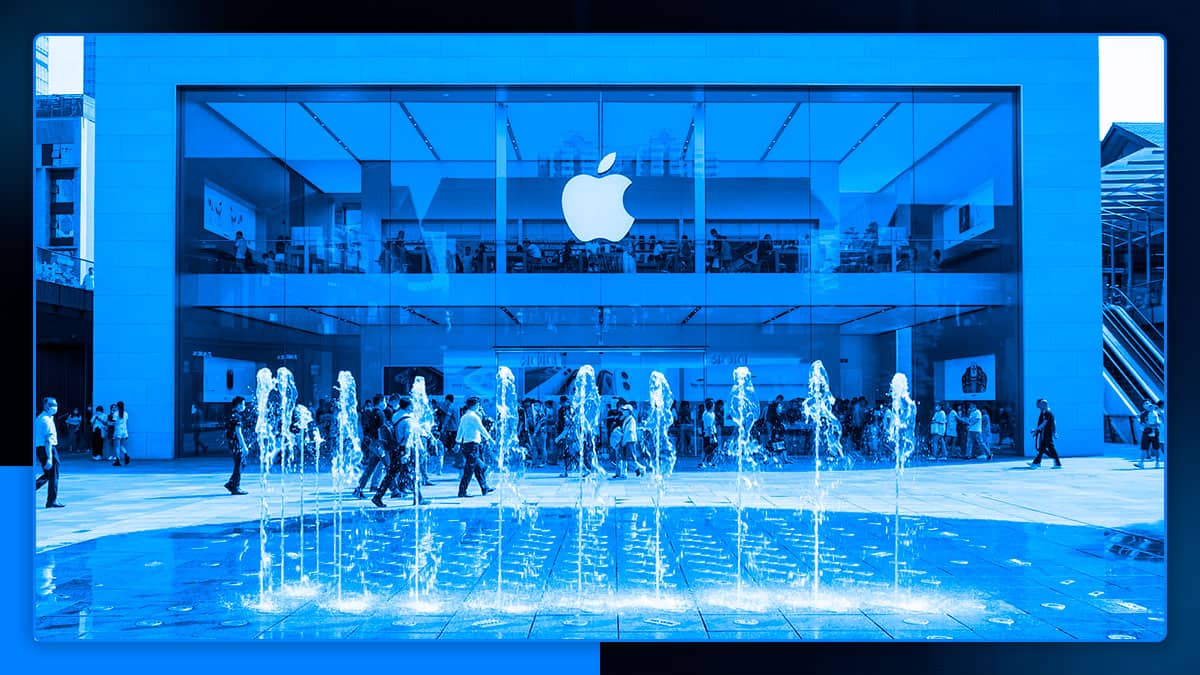
After deciding on the businesses to benchmark against, consider how your brand's pricing strategy will produce perceived value in the market.
Shoppers go to Walmart because they think they are getting "the cheapest deal in town." Though it might only sometimes be the case, consumers still come back because they think they are receiving a good bargain.
Building perceived value in pricing may be relatively complex and requires the analysis of vast amounts of data to understand which option is best.
How will your intended audience respond? The essential query at the center of this process is this one.
Are they more likely to respond favourably to lower prices (i.e., bargain hunters), or are they more willing to pay more because they think they are getting better quality for a higher price?
Although perfecting perceived value is difficult, your sales and profitability will rise if you do.
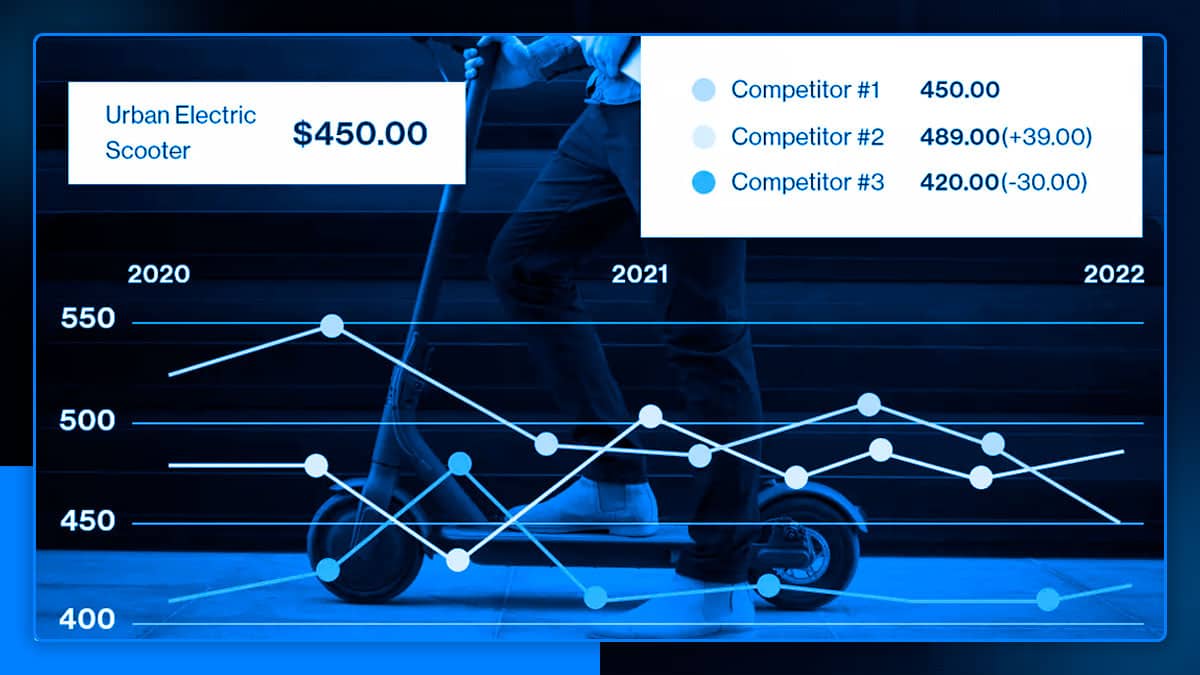
Keeping up with your competitors' price changes might take time and effort. To properly understand where your pricing fits and your perceived worth, this effort must be linked with the demand to review and analyze enormous volumes of data. This job is difficult, time-consuming, and challenging to perform manually.
A price intelligence tool can help you design your plan quickly and precisely. You will always have access to the necessary data and trends you need to make important pricing decisions in the present, thanks to the price intelligence tool.
With a competitive pricing tool, you can keep an eye on your rivals in real time and use what you discover to give your business the edge. You now have access to insights that previously required a team of analysts to produce them automatically, correctly, and effectively.

Repricing involves listing an item at a price different from its current one.
In its simplest form, repricing refers to any price adjustment and more complex techniques like manual repricing, rule-based repricing, and algorithmic repricing.
Repricing is essential because you operate in a competitive market for many of the same reasons that pricing intelligence is essential. Prices change regularly.
Consumers are very price sensitive, making price comparisons across stores, brands, and platforms extremely straightforward.
One of the various repricing methods is manual repricing. But let's focus on two of them: rule-based repricing and dynamic pricing strategy.
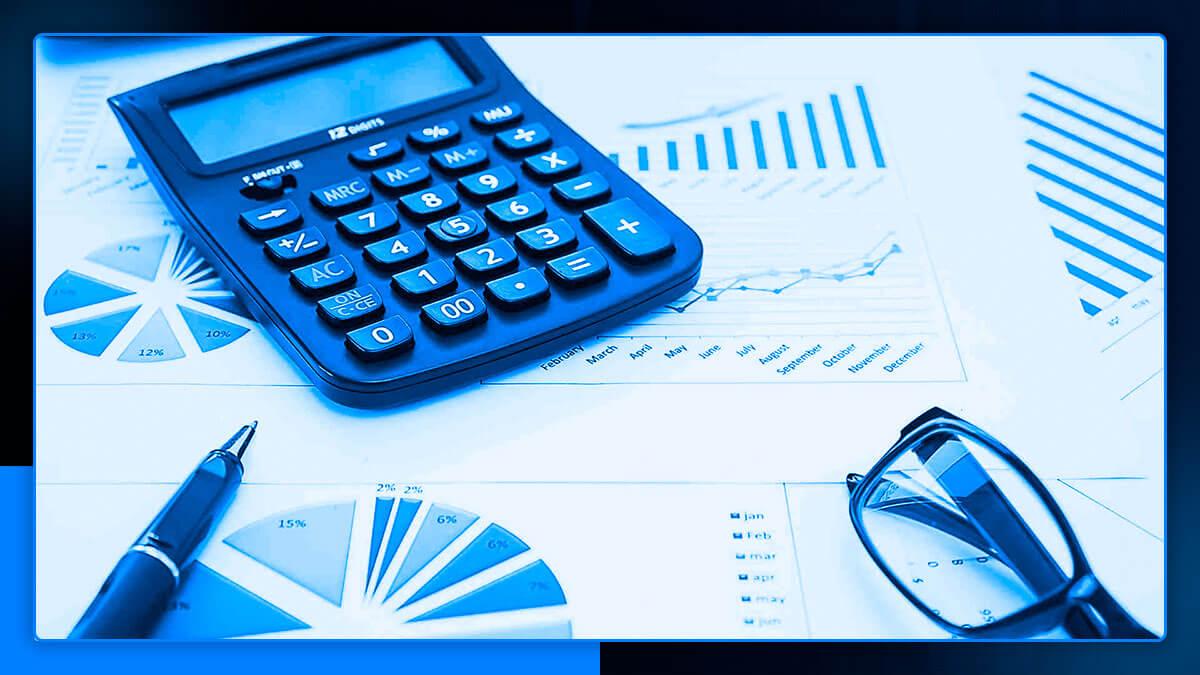
You can adjust your prices by setting up rules.
You can create rules to protect your profit margins, increase sales, stay competitive, and more. For instance, many businesses want rules that alter prices by the time of day, the season, or a vital time for sales, like a holiday or the launch of a new product.
You must research and weigh your options to decide which rule is best for your business.

Dynamic pricing, often known as algorithmic repricing, which also integrates machine learning, builds on the concepts of rule-based repricing. The system monitors your competitors' prices and a wide range of other data, including customer demand, stock levels, and seasonality patterns. The system then determines the best pricing based on this information.
While algorithmic repricing truly automates pricing, rule-based repricing requires more manual labor to set up the rules before the repricing engine takes over.

Before you start, you must consider several difficulties with acquiring competitive pricing intelligence.
Before you continue with your competitive price intelligence, you must thoroughly examine this. Some techniques are viewed as unethical or illegal, which is the main problem. Here are a few that can help you catch up:
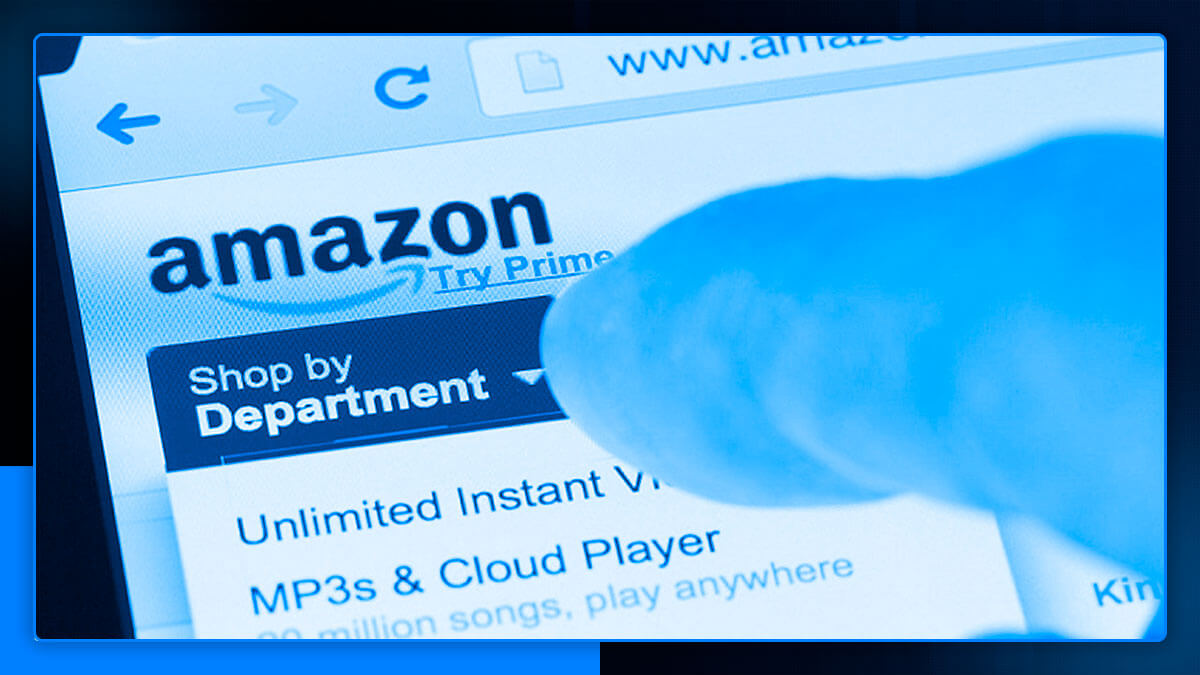
You can only obtain one piece of information through secret shopping because each seller will only provide you with one data point. In addition, you must be careful never to portray a false impression of yourself to a rival.
Antitrust: Antitrust laws are in place to ensure that companies compete fairly. Many concur that this rule is crucial because it enables cheaper costs, higher-quality goods, services, etc. So, it's a complex topic, and you must constantly ensure that you abide by moral principles to comply with the rules and laws of competing in the market.
Collusion: Collusion is a covert, frequently illegal agreement between competitor companies to acquire an unfair competitive advantage. In other words, many companies may decide to fix their prices so that the client will pay more for a good or service.
Price fixing: As previously stated, this is the process of setting a price for a good or service rather than allowing the price to change due to "free market" factors. If there is business collaboration involved in price fixing, it is illegal.

Who else sells my goods, and what are their prices? In this case, you should ask this question. Your competition will alter depending on whether you sell your goods in-person, online, or through both channels.
You must know which channel your competitors are on, even if your products are available on multiple channels while they are only on one. It is possible to determine how frequently prices for each channel will vary.
Online prices might change faster than in-store prices, but you should know what your rivals are doing. To remain competitive, you need to adjust your prices frequently.

Once you know your rivals, you can find out their prices. Price information used to be compiled by hand, but this demands time and resources that you might have yet to have. Thankfully, that's no longer the case.
Automation has made pricing intelligence far more realistic and scalable.
Even though you can still gather data manually or develop an internal solution, consider adopting a pricing platform that satisfies your needs.
You must also decide how frequently you need to receive correct pricing information. How often your competitors' prices change will determine this. Even though prices may often fluctuate if you receive pricing information once a week, you will need to understand your competitors' pricing tactics comprehensively. As often as your industry requires, be sure you are gathering data about it.

The prices of your competitors provide a wealth of insightful business information. Of course, you can assess how competitive your prices are by contrasting them with your competitors' prices for particular products.
Pricing data also indicates the common pricing strategies used by your competitors.
You can find out if they think a specific price is reasonable for their businesses, how frequently they modify their rates and the reasons behind such adjustments. Then you may extrapolate that data and use it to inform your own internal price choices.
With pricing information, you may safely alter your prices, protect your reputation, and increase your profit margins.
To establish pricing manually and determine price modifications are long gone.
You must leverage cutting-edge AI-driven price intelligence when vying for customers against thousands of online retailers and market leaders like Amazon.
They make pricing judgments every minute using cutting-edge technologies.
You may monitor your competitors in real-time with a competitive pricing tool and use what you learn to give your company the upper hand.
It no longer takes a team of analysts’ days to produce and deploy insights that are now available instantaneously, precisely, and autonomously.
Get in touch with ReviewGator if you are looking for any kind of web scraping services!
Request for a quote!
Feel free to reach us if you need any assistance.
We’re always ready to help as well as answer all your queries. We are looking forward to hearing from you!
Call Us On
Email Us
Address
10685-B Hazelhurst Dr. # 25582 Houston,TX 77043 USA